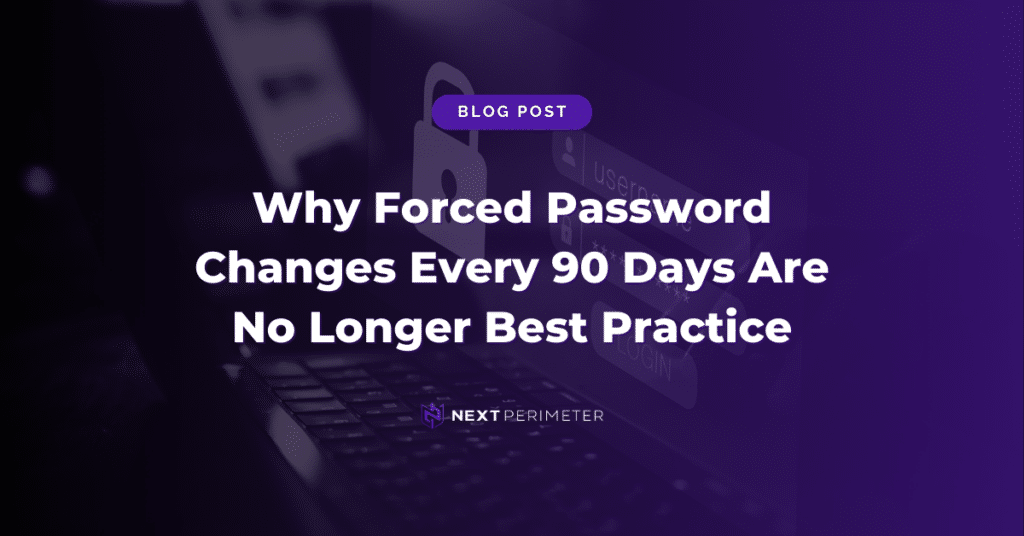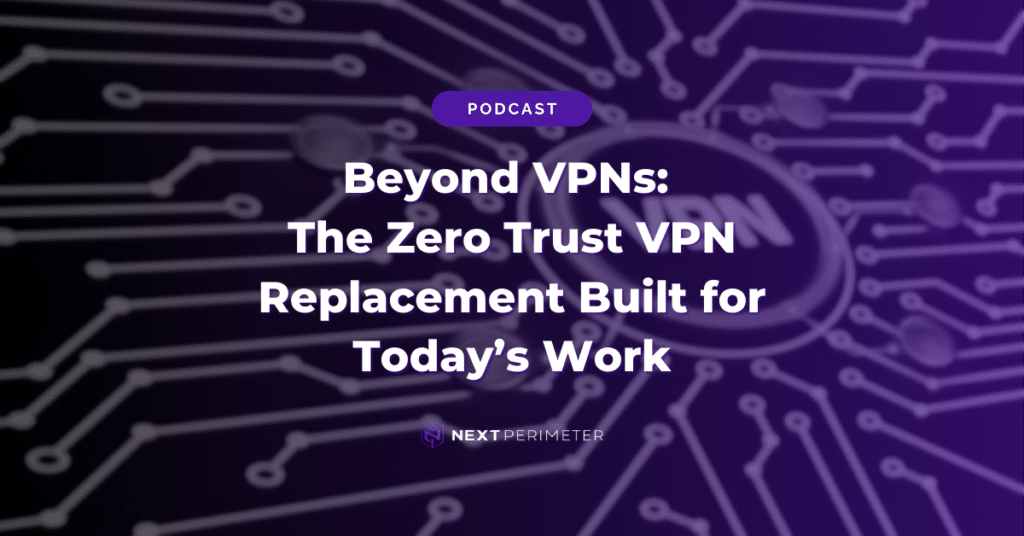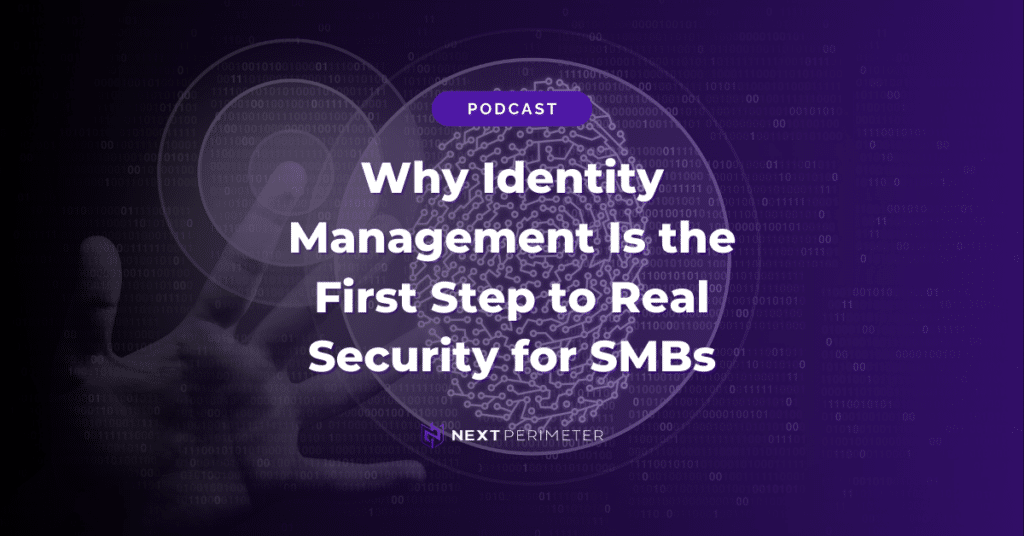Password security policies have evolved—but many businesses are still relying on outdated practices like forced password changes every 90 days. These well-intentioned policies can actually lead to weaker passwords, more support requests, and increased vulnerability to cyberattacks. In this post, we’ll explore why frequent password changes are no longer considered best practice, what the latest research and guidance say, and how to adopt smarter, behavior-based alternatives.
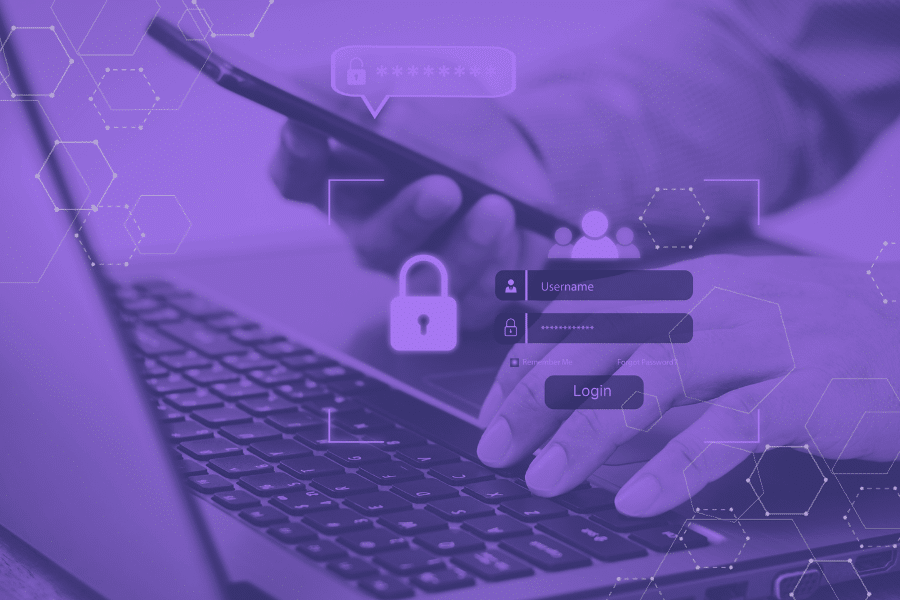
The Legacy of 90-Day Forced Password Changes
For years, many organizations enforced password expiration every 60–90 days as a standard security policy. The intent was to limit the time a stolen password could be abused.
However, modern U.S. cybersecurity guidance has shifted away from mandatory password rotations. Multiple authoritative sources now explicitly advise against routine password-change policies unless there’s evidence of compromise:
NIST (National Institute of Standards and Technology): Current NIST guidelines “SHOULD NOT require” users to change passwords periodically without cause (NIST SP 800-63B).
Microsoft: In 2019, Microsoft removed the 42- or 90-day password expiration recommendation from its Windows security baseline. Their rationale was clear: “Password expiration requirements do more harm than good,” as users respond with predictable, easily guessable modifications.
CISA (Cybersecurity & Infrastructure Security Agency): CISA aligns with this approach, encouraging strong, unique passwords and the use of password managers over time-based expiration policies.
Even compliance standards are evolving. Updates to PCI-DSS and other frameworks are relaxing 90-day change requirements in favor of stronger authentication mechanisms, such as multi-factor authentication (MFA).
Why Forced Password Changes Can Backfire
Security research and real-world experience have shown that frequent forced password changes can actually reduce overall security. Users tend to cope with strict rotation policies in ways that undermine their purpose:
Predictable Password Patterns: A UNC Chapel Hill study showed that 17% of new passwords were guessable within five attempts by applying common transformations to the old password—such as adding a season or year (e.g., Spring2025).
Weaker Password Choices: FTC Chief Technologist Lorrie Cranor noted that users forced to change passwords frequently often select weaker ones or recycle previous variations.
Password Reuse and Recycling: Many users rely on a small set of passwords, modifying them slightly across accounts—raising the risk of exposure during data breaches.
Minimal Security Benefit: Microsoft research showed attackers almost always use stolen passwords immediately—long before any arbitrary reset window would take effect.
User Frustration and Support Costs: Nearly 80% of users request helpdesk assistance for password resets within a 90-day window, adding operational overhead without improving security.
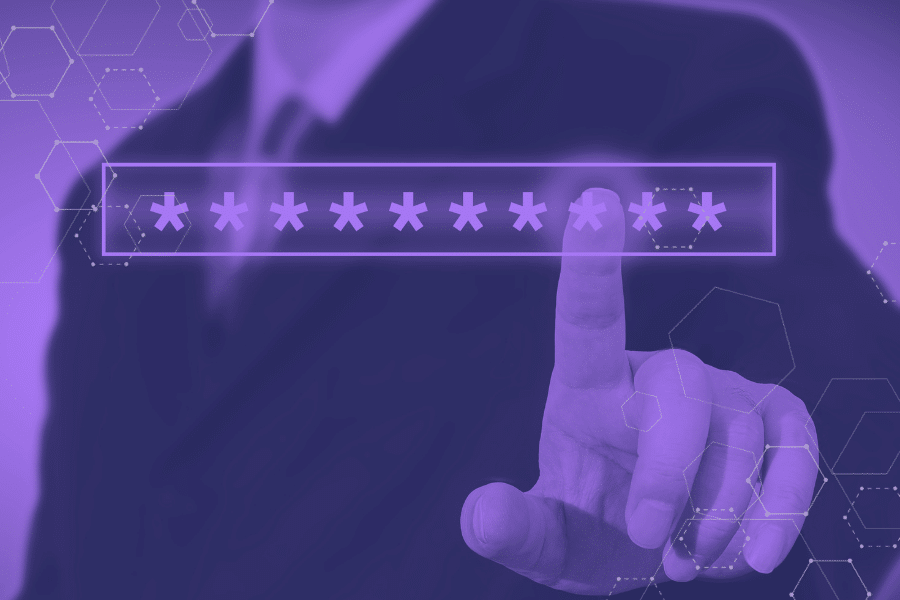
Behavior-Based Security: A Better Approach
Modern identity protection frameworks prioritize context over calendar. Rather than relying on time-based resets, forward-thinking organizations are shifting to:
Identity lifecycle management using centralized identity providers like Microsoft 365 or Google Workspace.
Conditional Access policies that adjust security controls based on device compliance, user role, risk level, or geographic location.
Multi-Factor Authentication (MFA) enforced organization-wide—ideally using phishing-resistant methods.
SIEM integration to monitor login behavior, flag anomalies (such as impossible travel or brute-force attempts), and trigger real-time alerts.
Automated SOAR workflows that take action when compromise is suspected, such as revoking sessions, resetting credentials, or escalating for review.
These are the building blocks of Zero Trust architecture—a model that prioritizes security decisions based on user behavior and posture, not password age.
Real-World Evidence and Breach Analysis
The shift away from routine password changes is backed by both research and breach analysis:
NIST SP 800-63B (2017): “Verifiers SHOULD NOT require [passwords] to be changed arbitrarily.”
Microsoft Security Baseline (2019): Removed password expiration guidance, citing minimal real-world containment value.
FTC Blog (2016): Noted that frequent password changes often lead to predictable patterns and weaker choices.
UNC Study: Found that 41% of newly chosen passwords could be cracked in seconds if the previous password was known.
Specops (2025): Analyzed 800 million breached passwords and found “Summer” was the most common seasonal keyword—highlighting widespread seasonal password patterns.
Colonial Pipeline Breach (2021): Attackers accessed the VPN using a reused, compromised password. Despite meeting complexity requirements, the password was not unique and lacked MFA protection.
These examples reinforce that breaches are rarely prevented by routine expiration policies. Instead, modern breaches are detected and mitigated through contextual security controls.

Next Perimeter Best Practices
At Next Perimeter, we help organizations align their identity protection strategies with modern cybersecurity frameworks—not outdated calendar-based resets. Our approach includes:
- Identity lifecycle management integrated with your existing IdP (e.g., Microsoft 365).
- Conditional Access enforcement that adapts to risk in real time.
- MFA for all users, including support for phishing-resistant protocols.
- SIEM-backed identity monitoring with behavioral alerting.
- Automated SOAR workflows that respond to suspicious behavior in seconds—not days.
- Password resets only when compromise is suspected—not because a timer ran out.
Security shouldn’t hinge on remembering the right season. It should be built on visibility, context, and automation.
Explore Our Identity Solutions:
Identity Management: Protect your digital assets with Next Perimeter’s comprehensive identity management platform. Our solution ensures seamless access for your team while maintaining the highest security standards, keeping your organization safe and productive.
SIEM (Security Information and Event Management): Cyber threats are constantly evolving, but staying ahead doesn’t have to be complicated. Next Perimeter’s SIEM solution gives your business the visibility and threat detection you need — without the complexity. Designed for SMBs, our platform makes it easy to monitor your IT environment, spot potential threats early, and keep your business safe without slowing down operations.
Lifecycle Management: Managing devices and identities shouldn’t slow your business down. Our fully managed Lifecycle Management service handles every stage—from provisioning to secure offboarding—so your team is productive from day one, your compliance boxes are checked, and no one has to play makeshift IT.
Ready to modernize your approach to identity security? Book a free consultation with our team to see how we can help you move beyond outdated password policies.

